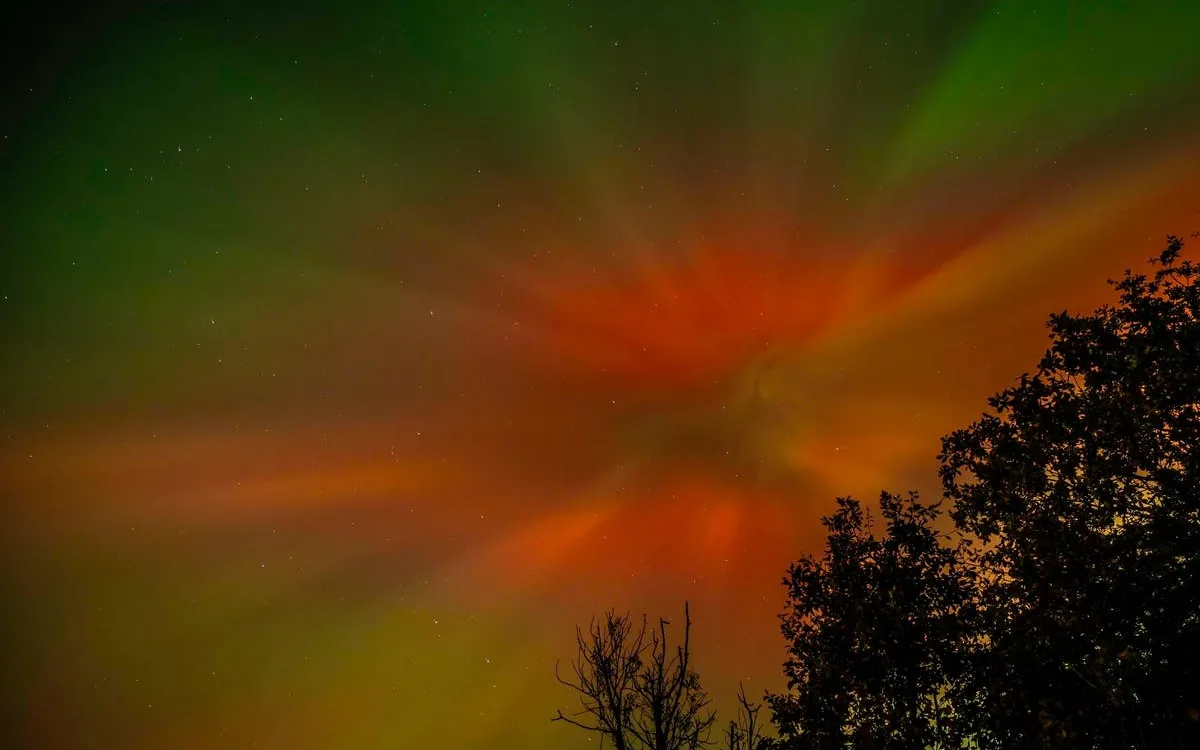
Moon gazers and eclipse chasers have been eagerly anticipating March 2025 since the last major events. This month features the first total lunar eclipse since 2022, which is observable across North America. Additionally, a partial solar eclipse is set to occur, marking the deepest and most impressive eclipse in North America since 2021. Combine these phenomena with several stunning planetary conjunctions and a hopeful forecast for the Northern Lights, and March 2025 promises an array of celestial sights both day and night. For those keen on stargazing, the month’s darkest evenings will fall between March 22 and March 31, coinciding with the moon waning to and waxing from the new moon on March 29.
When: Just after sunset on Saturday, March 1, 2025.
Where: Western sky.
As twilight settles in the western sky, keep an eye out for the brilliant planet Venus, shining at magnitude -4.8, near a delicate waxing crescent moon. On March 1, the moon will be just 6% illuminated and positioned close to Venus near the horizon. If spotting the crescent proves challenging, return 24 hours later when its illumination increases to 12% and it rises higher in the sky.
When: After sunset, a few weeks around Thursday, March 20, 2025.
Where: Northern night sky.
March 2025 may present one of the best opportunities to witness the Northern Lights. This is largely due to the sun nearing its “solar maximum,” the pinnacle of its 11-year solar cycle. Additionally, the vernal equinox on March 20 positions Earth’s axis perpendicular to the solar wind, potentially increasing auroral activity. Residents in northern U.S. states, Canada, and areas near the Arctic Circle are likely to have the best views.
When: After sunset on Saturday, March 8, 2025.
Where: Southern night sky.
In the early evening, direct your gaze southeast to witness the gibbous moon passing closely to Mars in the constellation Gemini. The moon will be 72% illuminated and appear just one degree away from the red planet, creating a striking visual. Mars will shine with its characteristic reddish hue, making it easily identifiable even without any optical aids.
When: Thursday, March 13 to Friday, March 14.
Where: High in the south-to-southwest night sky.
The highlight of the month will undoubtedly be the total lunar eclipse, often referred to as a “blood moon,” visible overnight from North America on March 13-14. The event begins at 10:57 p.m. EST (03:57 UTC), as the full moon starts its journey through Earth’s shadow, reaching totality around 2:26 a.m. EST (07:26 UTC). For 65 minutes, the moon will take on eerie shades of orange and red, a breathtaking effect created by sunlight filtering through Earth’s atmosphere.
When: Sunrise on Saturday, March 29, 2025.
Where: Eastern sky.
On March 29, a partial solar eclipse will be visible from northeastern North America, eastern Canada, and parts of Europe. In the U.S., viewers along the eastern coast can expect to see a partially eclipsed sunrise. Be sure to check local times for the precise viewing period, but remember: never look directly at the Sun without proper eye protection. The provided times and dates are applicable to mid-northern latitudes, so for the most accurate location-specific information, consult online planetariums such as SkySafari Pro, Stellarium, and The Sky Live. Additionally, checking planet-rise/planet-set, sunrise/sunset, and moonrise/moonset times will enhance your viewing experience.
Wishing you clear skies and wide eyes as you explore the wonders of the night sky!